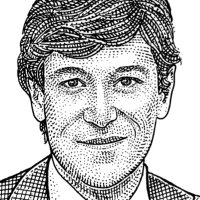
Jed Kolko
@jedkolko
Former Under Secretary Economic Affairs @commercegov. Previously chief economist @indeed and @trulia. Email at jedkolko.com/contact
ID: 373425072
14-09-2011 15:16:24
20,20K Tweet
20,20K Followers
386 Following

















@jedkolko
Former Under Secretary Economic Affairs @commercegov. Previously chief economist @indeed and @trulia. Email at jedkolko.com/contact
ID: 373425072
14-09-2011 15:16:24
20,20K Tweet
20,20K Followers
386 Following















